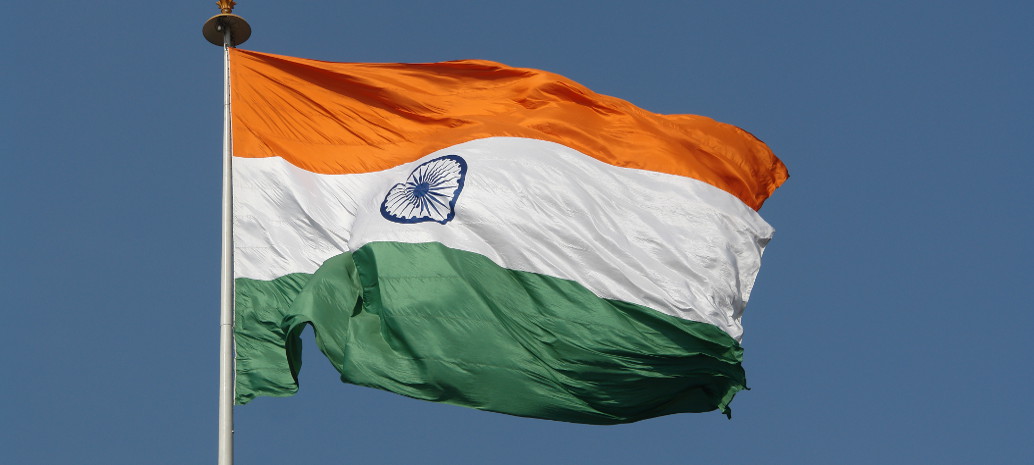New restrictions on the banking of power will inhibit the growth of the rooftop and open-access solar market, and potentially slow progress towards India’s national target of 450 GW of installed renewable capacity by 2030, according to a new briefing note by the Institute for Energy Economics and Financial Analysis (IEEFA) and JMK Research.
Banking allows renewable energy generators to deposit surplus power into the grid and withdraw it later when needed – much like putting money into a savings account at a bank.
“Solar and wind projects are likely to produce excess energy during peak summer or windy seasons,” says co-author Jyoti Gulia, Founder of JMK Research. “Without a banking facility or with banking restricted to monthly rather than annual periods that excess generation is lost.”
The authors analyze banking provisions across key states, noting that some states, for example, Gujarat and Maharashtra, have moved from annual to monthly banking. And that banking provisions are likely to be restricted further to the time of day or daylong across most states.
States such as Andhra Pradesh and Tamil Nadu have withdrawn banking facilities altogether.
Impact on open access market
Without banking provisions for excess energy, the business model for open-access renewable energy projects, which sell electricity direct to commercial and industrial (C&I) consumers, will become unviable, says Gulia.
“This will be a major setback for renewable project developers at such an early stage in India’s renewable growth trajectory. The C&I segment’s renewable energy share is less than 1% of the overall electricity generation portfolio across most key renewable-rich states.”
The banking restrictions follow the introduction of net metering limits and the withdrawal of waivers for open-access renewable energy projects.
Co-author Vibhuti Garg, Energy Economist, Lead India at IEEFA, explains that power distribution companies (discoms) are concerned about the impact on their revenues of high-paying C&I consumers moving from conventional to alternative power procurement through the rooftop and open-access solar model.
“While imposing restrictions on banking will do little to help the discoms’ finances, it may have a significant impact on India’s renewable energy rollout which now needs to accelerate dramatically to reach the target of 450GW by 2030,” she says.
Way forward
The authors say restrictions on banking should not be considered until statewide rooftop and open-access targets have been achieved.
As an alternative, they propose discoms can opt to procure the banked energy themselves. Instead of returning power to the end consumer/developer, discoms can simply pay for the quantum of banked energy after each month at their lowest cost of procurement. Regulators could allow banked energy to contribute to the discoms’ Renewable Purchase Obligation (RPO).
Further, the authors recommend making regulations uniform across states. Project developers face confusion and uncertainty because banking provisions and banking charges vary from state to state.
This content is protected by copyright and may not be reused. If you want to cooperate with us and would like to reuse some of our content, please contact: editors@pv-magazine.com.









By submitting this form you agree to pv magazine using your data for the purposes of publishing your comment.
Your personal data will only be disclosed or otherwise transmitted to third parties for the purposes of spam filtering or if this is necessary for technical maintenance of the website. Any other transfer to third parties will not take place unless this is justified on the basis of applicable data protection regulations or if pv magazine is legally obliged to do so.
You may revoke this consent at any time with effect for the future, in which case your personal data will be deleted immediately. Otherwise, your data will be deleted if pv magazine has processed your request or the purpose of data storage is fulfilled.
Further information on data privacy can be found in our Data Protection Policy.